|
South African athlete, Caster Semenya, has lost her fight against the IAAF ruling which says that female athletes with high testosterone levels have to take drugs to lower those levels. Daniel Kelly says that, while testosterone does confer athletic benefit, so does height, muscle composition and aerobic capacity. And these are also natural characteristics attributable to the luck of our genetic makeup. So why do we sanction one natural characteristic but not another?
Today is World Press Freedom day. In a range of African countries journalists face numerous threats designed to stop them from doing their jobs. But, argues George Ogola, it’s important to look beyond the traditional ways in which governments have limited press freedom and to take stock of the more insidious and less obvious forms of control being exercised.
|
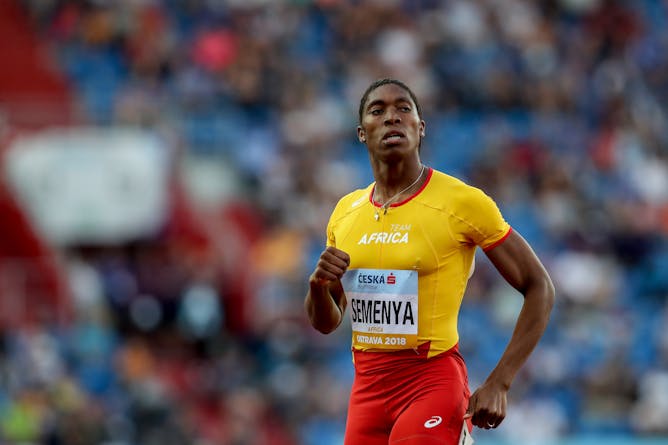
EPA/MARTIN DIVISEK
Daniel Kelly, Sheffield Hallam University
The question of whether heightened testosterone confers an advantage for some female athletes remains contentious.
|

The Ugandan government is one of many on the continent that’s overseen the erosion of media freedom.
EPA/Dai Kurokawa
George Ogola, University of Central Lancashire
The biggest threats are the concentration of media ownership and attempts to legislate the online media environment.
|
Energy + Environment
|
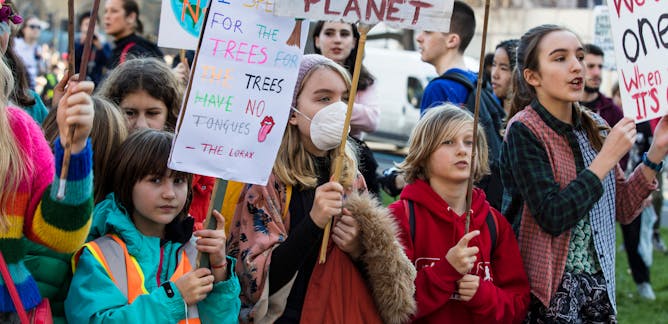
Rick Stafford, Bournemouth University; Peter JS Jones, UCL
The current system drives social injustice and environmental destruction, a new approach to address both is called for.
| |

Maitrayee Bose, Arizona State University
The source of water on Earth, the Moon and planets in our solar system is hotly debated. Some in the planetary science community argued that it came from asteroids and comets. Now they have proof.
|
|
|
Science + Technology
|
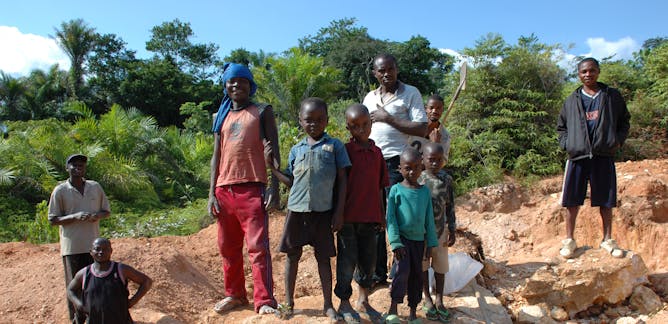
Martijn Boersma, University of Technology Sydney; Justine Nolan, UNSW
Blockchain is a promising tool to fight modern slavery by making global supply chains more accountable. But there a few kinks to be worked out.
| |

Robin Crewe, University of Pretoria; Wieland Gevers, University of Cape Town
In South Africa, open access publishing should be mandatory and publicly funded data generated by universities, should be freely available.
|
|
|
En français
|
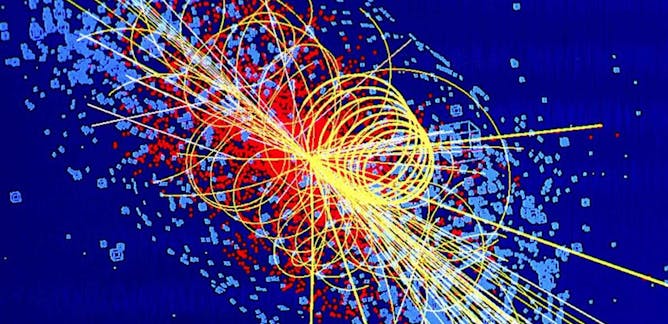
Francois Vannucci, Université Paris Diderot – USPC
Mais comment les physiciens baptisent les particules qu’ils ou elles découvrent ? Un peu d’histoire et beaucoup d’explications.
| |

Michel Renou, Inra
Malgré une préoccupation croissante face au déclin des insectes, nous conservons d’eux une perception ambiguë, surtout lorsqu’ils s’invitent dans notre intimité.
|
|
|
En español
|

Jose Maria Armengol Carrera, Universidad de Castilla-La Mancha
El proyecto europeo "Gendering Age" pretende demostrar que el hecho de envejecer afecta tanto a varones como a mujeres e influye en ambos géneros de manera diferente.
| |
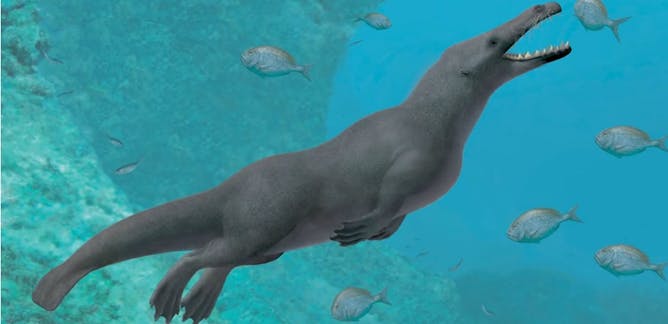
Manuel Peinado Lorca, Universidad de Alcalá
El hallazgo de un nuevo fósil de ballena tetrápoda en las costas del desierto costero de Perú arroja nueva luz sobre la evolución de los cetáceos.
|
|
|